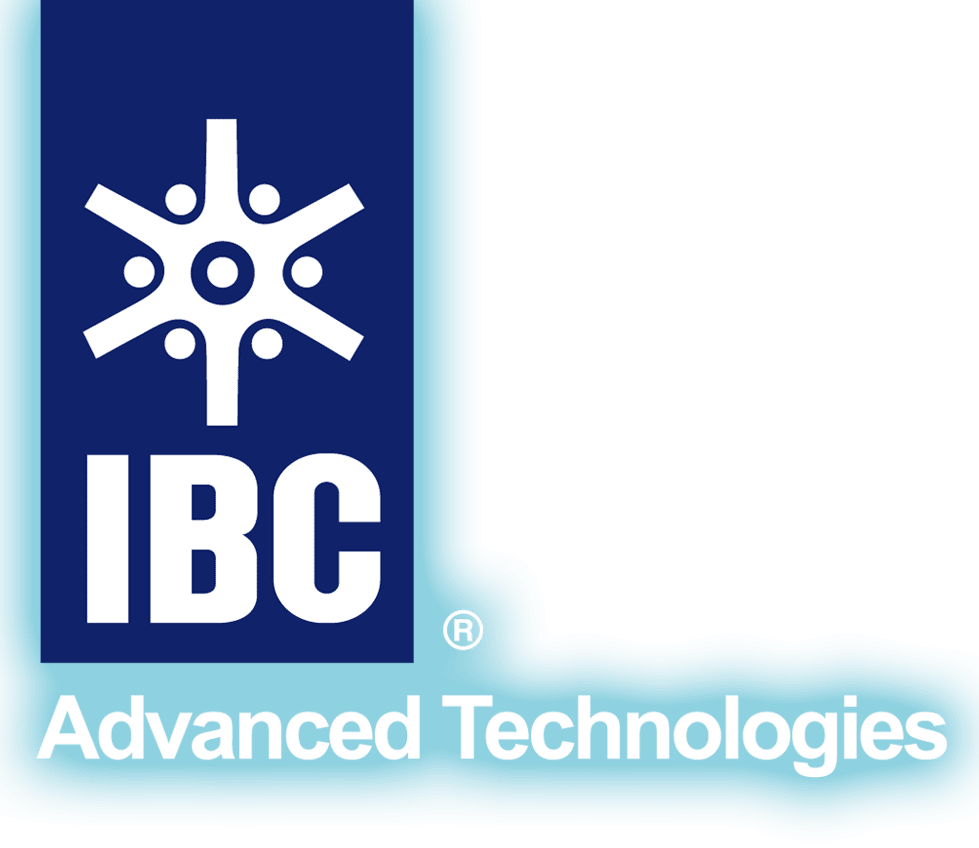High Selectivity is the Hallmark of Everything IBC Does
Highly selective separations are central to Environmental, Social and Governance (ESG), providing the foundation for green, sustainable and circular economy solutions for metals extraction, purification and recycling.
Case Study: Highly Selective Separations: >99.975% Separation of Cesium-137 from Nuclear Waste using MacroLig® 209 (BOBCalixC6) at the U.S. Department of Energy's Savannah River Site.
It All Starts with High Selectivity
Designing highly selective separations into a process at the start avoids inefficiencies. Simply put, when the separation isn’t done right the first time, it only gets worse. That’s why it is critical to build highly selective separations with high first pass recovery rates into your flowsheet from the beginning.
High Selectivity and High First Pass Recovery Rates are the Key Differentiators Leading to the Superior Economics of MRT™ Systems
MRT™ systems have been shown to be very economical compared to less selective and less efficient separation technologies, as evidenced by the widespread industrial use of MRT™.
MRT™ systems are highly selective compared to other separation systems. For example, in a comparative study involving production of battery grade cobalt, Mintek (South Africa) found SuperLig® 177 to be orders of magnitude more selective for cadmium removal from cobalt electrolyte solutions compared to solvent extraction (SX) and ion exchange (IX).
MRT™ systems have exceptional first pass recovery rates based on their high binding constants compared to other separation systems. For example, a U.S. Navy study found the apparent binding constants (Log K) of SuperLig® resins to be orders of magnitude higher than those of ion exchange or chelating ion exchange resins for a number of common ions.
Low Selectivity and Low First Pass Recovery Rates of Other Technologies Lead to Process Inefficiencies and High Costs
Low selectivities and inefficient binding lead to the need for complex engineering to treat contaminated, impure, and/or dilute solutions downstream culminating in the profligate use of energy, water, chemicals, labor, space, and time. The result is extensive waste generation, large capital and operating expenses, and high environmental consequences requiring large control costs.
Low selectivity Classical Methods are inefficient and produce a number of negative externalities:
- Trace impurities follow the target metal or molecule of interest, resulting in multiple side streams that must then be processed, incurring high costs, as well as causing greater environmental liabilities and increased worker exposure
- Higher costs of Classical Methods result from:
- more complex capital equipment systems
- larger system footprints
- limited or no resin reusability
- extensive use of sub‐optimal and/or hazardous and flammable chemicals, such as solvents, that introduce substantial risk into the process and require complicated operational and environmental protocols
- high energy requirements
- lack of system flexibility to target specific, commercially important metals early in the flowsheet
- higher number of separation stages
- increased volumes of eluents, washes, and wastes
- larger and more complex waste treatment systems
- slower binding and release kinetics of the target metal or molecule
- incomplete and slow extraction and recovery of the target metal
- complex pre‐ and post‐treatment regimens
- lower target metal purities
- lower target metal recoveries
- higher target metal losses
- longer retention of valuable metals or molecules in the process, resulting in high in-process inventories and working capital costs

